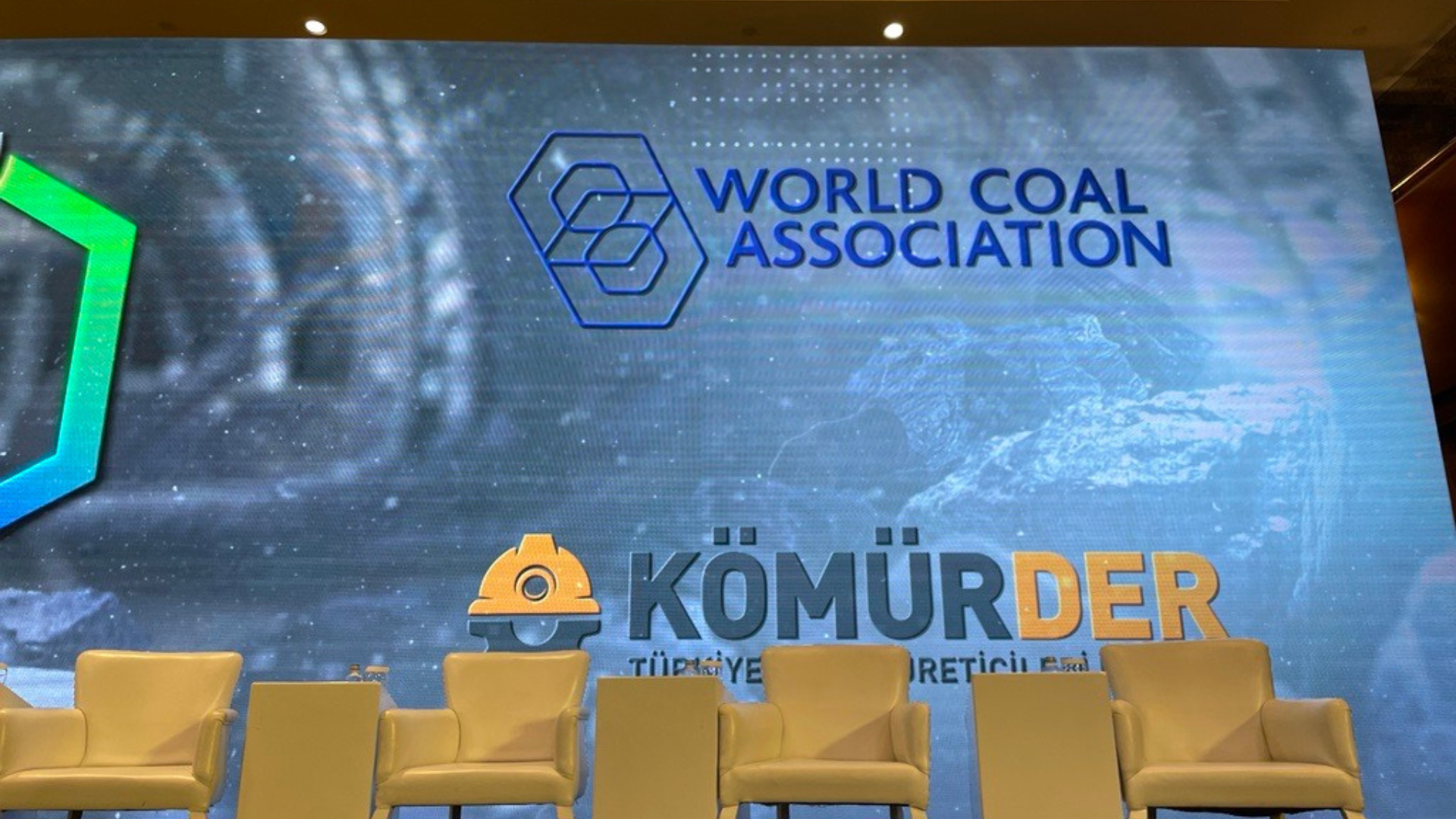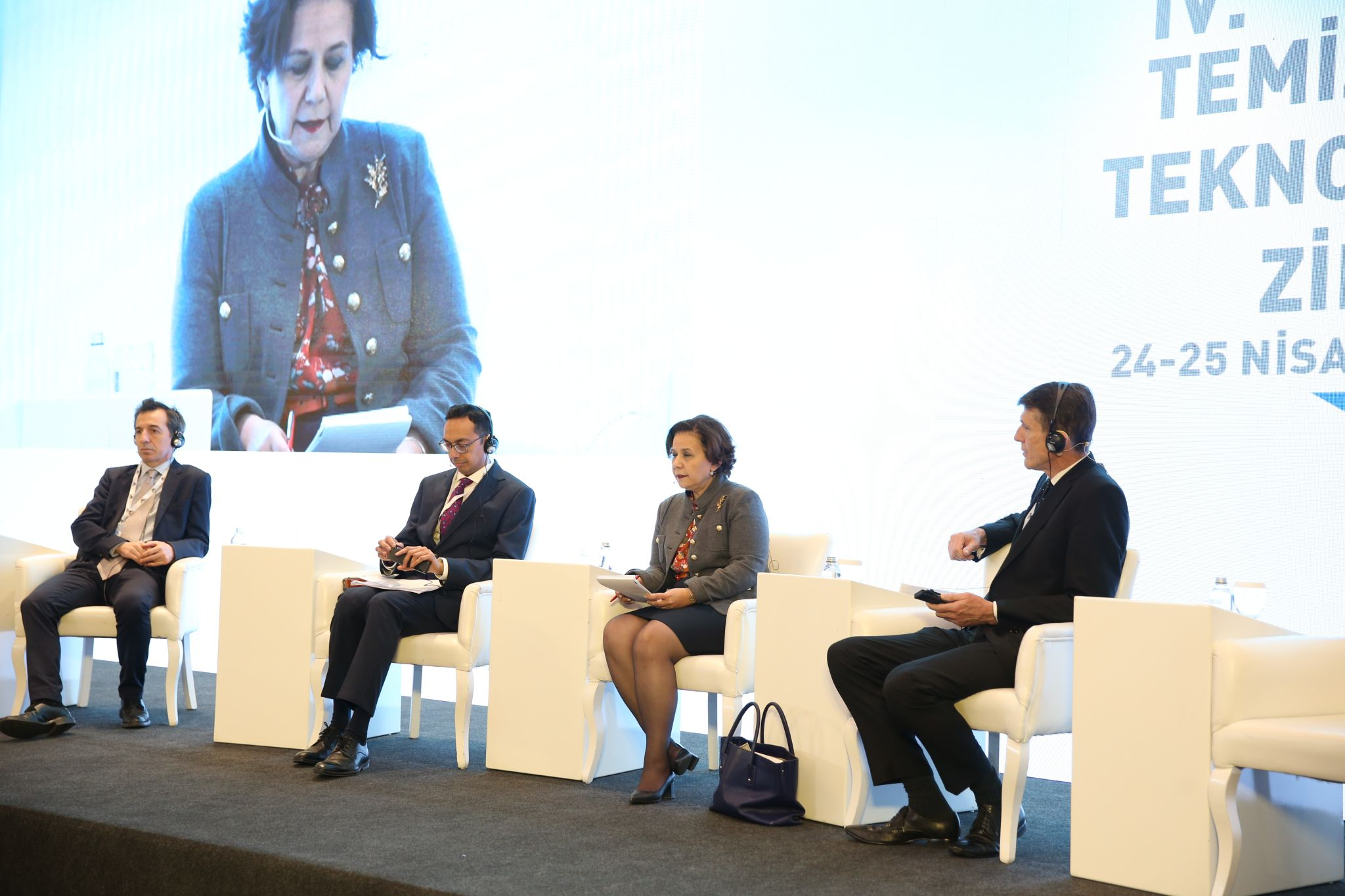
Coals Future Assured Through Abated Coal Stewardship
Christopher Demetriou
The World Coal Association (WCA) says coal has a long future ahead of it as the industry embraces a program of abated coal stewardship which is reducing emissions and driving economic and social development.
Speaking at the Clean Coal Technologies Conference in Ankara today, WCA Director of Sustainability and Strategy, Paul Baruya, says the case for abated coal has never been more pertinent, or compelling.
The glut of energy issues to emerge over the past year has confirmed coals strength as a reliable, affordable, and secure energy supply.
As energy obstacles have increased, coal has continued to deliver 37 per cent of global power generation, 70 per cent of global steel production, and 90 per cent of world cement. ​
Combine that with a growing global population, set to reach 9.7 billion in 2050, a growing middle class across Asia, and 860 million people still living without access to electricity, and its easy to appreciate coals ongoing role as a fundamental energy provider.â€
But Mr Baruya says as compelling as those statistics are, the real coal story is whats happening now amongst a growing number of coal operators.
There is an energy to embrace a future for our coal industry and assemble a more united network. Were enlisting innovative coal members along the whole coal value chain, and theyre building a bold coal future based on abatement and best possible practice.
These members – companies like Coal India, Seriti, Thungela, Menar, Bowen Coking Coal, Gainwell – are committed to a program of abated coal stewardship where technologies are deployed, consistent with the Paris agreement and its 2 degrees outcome, and where sustainable development practices are delivered to release people from poverty, hunger, unemployment, and all other forms of destitution.â€
Mr Baruya says the fact remains that up to 99 per cent of coal pollutants can be abated with commercial technologies available today and these technologies need wide and rapid uptake.
Technologies such as Carbon Capture and Storage, Coal to Hydrogen and Coal to Gasification are changing coals footprint in perpetuity. We have built the zero-emissions coal plant, now we need to abate coal across all forms and types. This includes the multitude of advanced and waste utilisation applications coal to polymers, coal to pitch carbon fibre and foam, coal to fertilisers for food, and the rest.â€
Mr Baruya says while there is no near-term 100% credible renewables-only solution to global energy challenges, coal must remain part of any fuel mix.
Our challenge now is to allow it to transition realistically, in a way that does not undermine people and progress and transform with all of the abatement technologies that are available to it.â€

Second from the left is WCA’s Director of Strategy and Sustainability, Paul Baruya

